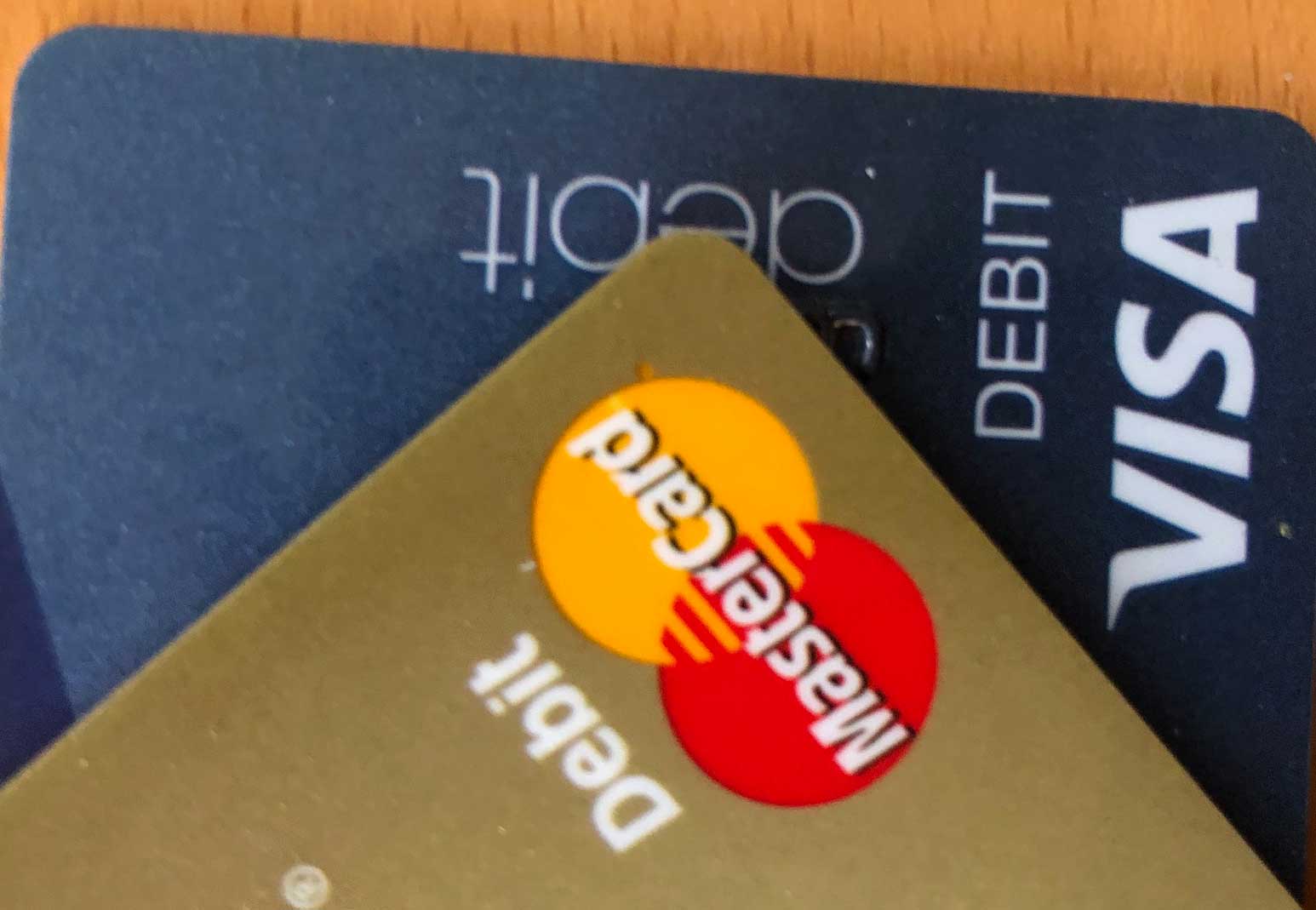By Morf Morford
Tacoma Daily Index
In simpler times, it was easy to keep one’s valuables secure.
In fact in simpler times it was easy to define what “valuables” even meant. Gold, silver and even cash were relatively easy to protect. A safe, bank safety deposit box or even a hiding place at home worked for most of us.
Now, in a digital age, those tangible things are barely of interest to thieves or those who would take advantage of us.
Numbers, access codes and passwords are the high value items on today’s black market.
Not long ago I was at a thrift store and as I was looking through a book I found an old style carbon-paper credit card receipt someone had used as a book marker.
This slip of paper had the person’s full name, address, phone number, complete credit card number, credit card expiration date, social security number, signature and details of the purchase.
With that much information, an unscrupulous person could access, open or even close credit, store or bank accounts. Or make nearly endless online purchases.
Online and credit card security has changed a lot since then, though perhaps not enough.
Constant vigilance is still the first requirement of financial security in this era of cards, online access and digital unauthorized intervention.
Here are some things you should know that might allow you to sleep a bit better.
First of all, since 2006, only the last four or five number of your credit number will appear on any receipt. Scammers might call and ask to “confirm” your credit card number. A legitimate credit card company will never ask for that information.
Feel free to give the scammers bogus numbers.
Your signature, at a restaurant for example, is legally binding – you are agreeing to pay – it says “the undersigned agrees to pay” for a reason.
Your signature should (approximately) match the signature on file.
Keep those receipts – at least for a while. You may dispute a charge or need to return something. Two years is plenty of time.
You don’t need a paper receipt of course, you could have it emailed to your account.
The ultimate preventative measure is make a photocopy of the fronts and backs of your credit cards. That will ensure that you have copies of the relevant card numbers, codes and phone numbers.
Cash is king?
Oddly enough, perhaps the most secure way to spend might be to use cash.
Several cities from New York, to San Francisco to Austin, Texas and Philadelphia have banned “cashless” stores for a variety of reasons.
If vinyl is having a revival, why not cash?
_______________________
IRS launches Identity Theft Central
Focuses on needs of taxpayers, tax professionals and businesses
The Internal Revenue Service launched Identity Theft Central, (https://www.irs.gov/identity-theft-central) designed to improve online access to information on identity theft and data security protection for taxpayers, tax professionals and businesses.
Located on IRS.gov, Identity Theft Central is available 24/7 at irs.gov/identitytheft. It is a resource on how to report identity theft, how taxpayers can protect themselves against phishing, online scams and more.
Improving awareness and outreach are hallmarks of initiatives to combat identity theft coordinated by the IRS, state tax agencies and the nation’s tax industry, all working in partnership under the Security Summit banner.
Since 2015, the Security Summit partners have made substantial progress in the fight against tax-related identity theft. But thieves are still constantly looking for ways to steal the identities of individuals, tax professionals and businesses in order to file fraudulent tax returns for refunds.
The partnership has taken a number of steps to help educate and improve protections for taxpayers, tax professionals and businesses. As part of this effort, the IRS has redesigned the information into a new, streamlined page − Identity Theft Central − to help people get information they need on ID theft, scams and schemes.
From this special page, people can get specific information including:
Taxpayer Guide to Identity Theft, including what to do if someone becomes a victim of identity theft
Identity Theft Information for Tax Professionals, including knowing responsibilities under the law
Identity Theft Information for Businesses, including how to recognize the signs of identity theft
The page also features videos on key topics that can be used by taxpayers or partner groups. The new page includes a video message from IRS Commissioner Chuck Rettig, warning signs for phishing email scams – a common tactic used for identity theft – and steps for people to protect their computer and phone.
Tax professionals and others may want to bookmark Identity Theft Central and check their specific guidance periodically for updates.
This is part of an ongoing effort by the IRS to share identity theft-related information with the public. The IRS continues to look for ways to raise awareness and improve education and products related to identity theft for taxpayers and the tax professional community.
– IRS






